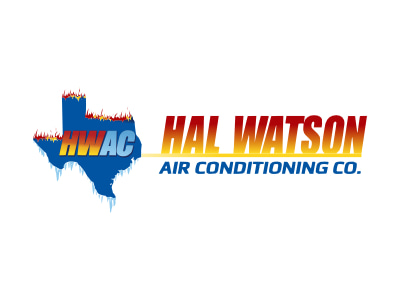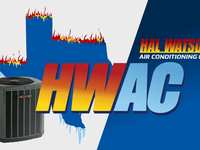- Sections :
- Crime & Public Safety
- Restaurants & Food
- Sports
- More
Wheezing in The Woodlands: Pollen getting the best of you? Allergy advice from the pros

THE WOODLANDS, Texas – There's nothing like the sight of yellow powder covering everything to remind us that pollen is back and ready to wage war on our immune systems.
Where is it coming from, and why does spring seem to be particularly nasty?
"The ugly yellow pollen that dusts our porches, cars, plants and all things outdoors is from pine trees," said Walt Crowder, owner of Lawn Ranger Company. "Believe it or not, pine pollen is not the cause of our sniffles, sneezing and itchy eyes. Most people are not allergic to pine pollen. However, when the pine pollen becomes visible, it's a sign that it's time to take cover or start the allergy meds, because the 'bad' pollen is about to strike."
The "bad" pollen, Crowder said, comes from oak and wax myrtle (Southern Bayberry) trees.
"The pollen from these trees is very fine, easily blown about, and always seems to land in our sinuses," he said. "Cedar, oak and elm are not far behind in terms of their effect on people. But remember, all trees are pollenating now. If one doesn't get you, another one – or two, or three – might."
On that note, here are a few tips on how to enjoy Mother Nature's bounty while minimizing the personal suffering.
Wash your wheels
This is a great time of year in our area. Cold winter air is behind us, but we know hot, humid summer is just around the corner. That's why we take the top down and crank open the car windows.
Keeping your car clean can help reduce allergy symptoms during pollen season.
"For people who struggle against pollen, the inside is probably the most crucial part to clean," said Eric Aguilar, assistant manager of Aqua Auto Wash. "We simply don’t realize the magnitude of the pollen in the air and just how much sneaks in every time you get in and out of your car, each visit through a drive through, or simply cruising around with the windows down. So it’s important to dust and vacuum your vehicle regularly, and it wouldn’t be a bad idea to check your cabin air filters after pollen season to get rid of any lingering pollen."
Purify your place
They say it's what's on the inside that counts, so let's take a look at what you can do within your own four walls.
According to a blog by Hal Watson Air Conditioning, high-efficiency filters that are changed regularly can help keep allergens at bay. And ultraviolet germicidal lights that have been proven to destroy microorganisms that grow in moist environments – like the indoor coils in your air conditioner -- can help as well.
Blowing cool air in your home can tame allergy symptoms, but not if it's spreading mold spores, dust mites, pet dander or pollen that makes its way indoors. Hal Watson Air Conditioning offers a free indoor air quality consultation to help you figure out the best way to keep the air in your home as clean as possible.
Abacus suggests installing an air purifier. "Most HVAC systems have pretty good air filters to remove much of the stuff in the air," writes Alan O'Neill in Abacus' Alan's Blog. "However, most of these filters were designed to improve the efficiency of the system and don't remove a lot of the more harmful particles."
Soothe your symptoms
While all of the above-mentioned tips help, sometimes allergies are just going to get the best of you.
Dr. Douglas Stanley, UT Health Otorhinolarynologist affiliated with Memorial Hermann The Woodlands Medical Center, said treating allergies always starts with avoidance. But short of living under a rock – indoors, in a sealed unit if possible – you'll be exposed.
Medications such as antihistamines, nasal steroid sprays and nasal saline help control symptoms, he said, but do not change the underlying cause. For that, immunotherapy in the form of allergy shots or allergy drops are needed to alter the immune system's response to allergens.
But this can take a few years to gradually decrease allergies over time.
You're miserable now, so what can you do?
"Antihistamines can improve symptoms within minutes to hours after taking them, but using them consistently throughout your allergy season allows for maximum benefit," Stanley said. "Nasal steroid sprays need to be used daily for at least 5-7 days to really see the benefits. Saline rinses after allergen exposure may mitigate some of the effects."
Nasal decongestants can bring relief to a blocked-up nose within a couple of minutes, but should not be used for more than 3-5 days at a time.
When will it end?
Spring allergies caused by pollenating trees should abate by the end of April, although it can last into May.
But allergy season in Texas tends to be year round.
"There are more allergens to come throughout the year," Crowder reminds us. "You've got your grass pollens in the summer, and your weed pollens in the late summer and fall."
Fast Facts*
- Pollen is one of the most common allergens in the United States.
- Over 67 million people suffer from allergies, and of those 67 million, 81 percent say they are allergic to pollen.
- Pollen is an airborne allergen, which is picked up and carried by the wind.
- Pollen can cause hay fever, irritate your sinus passages, cause rhinitis and irritate your eyes and skin.
*Source: www.pollen.com












